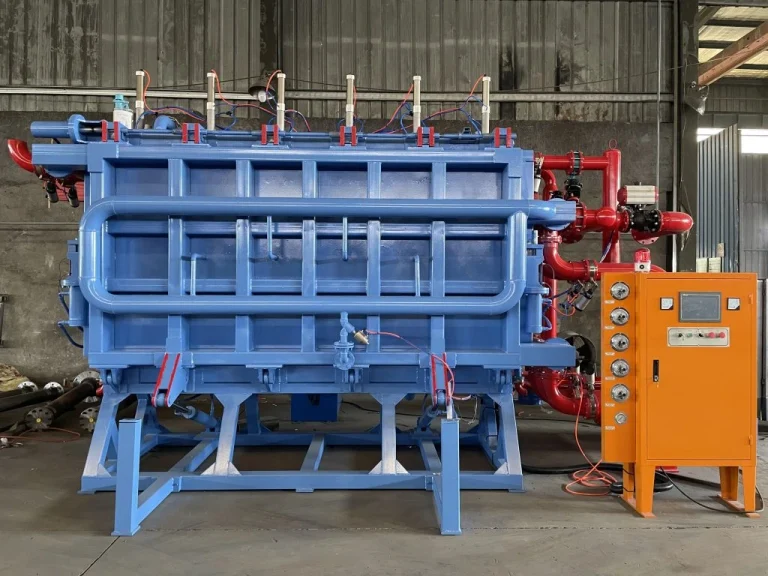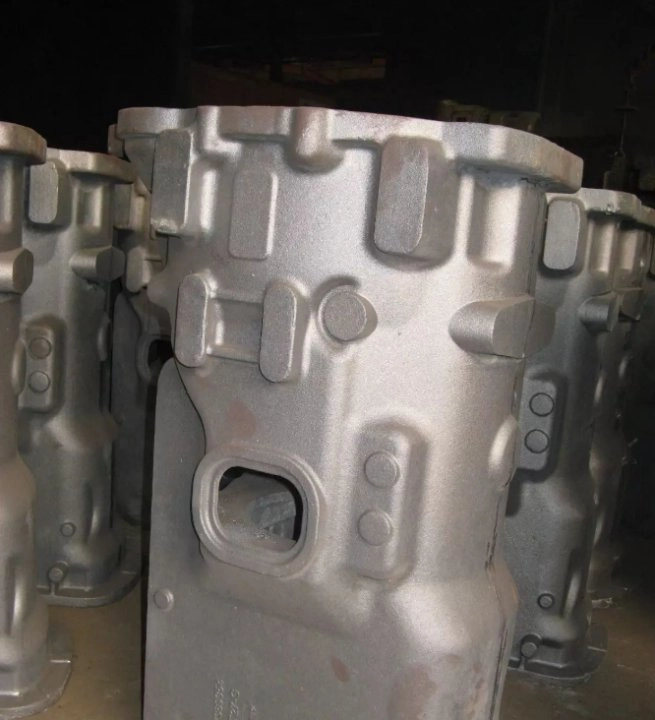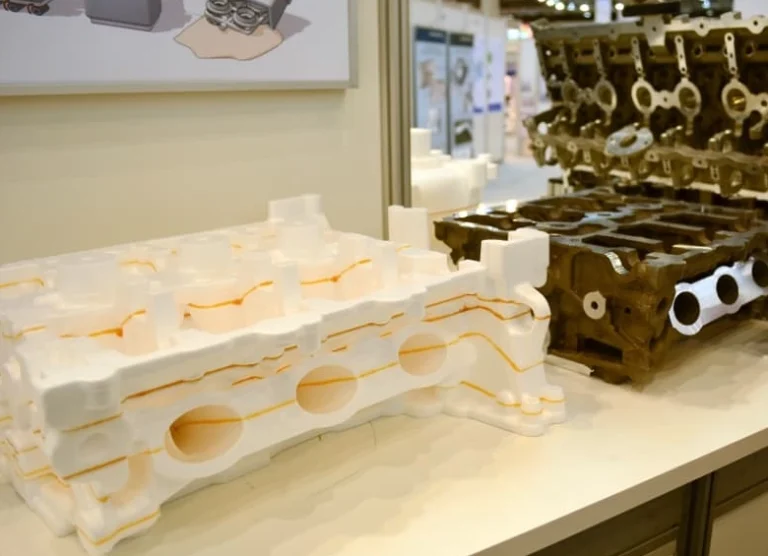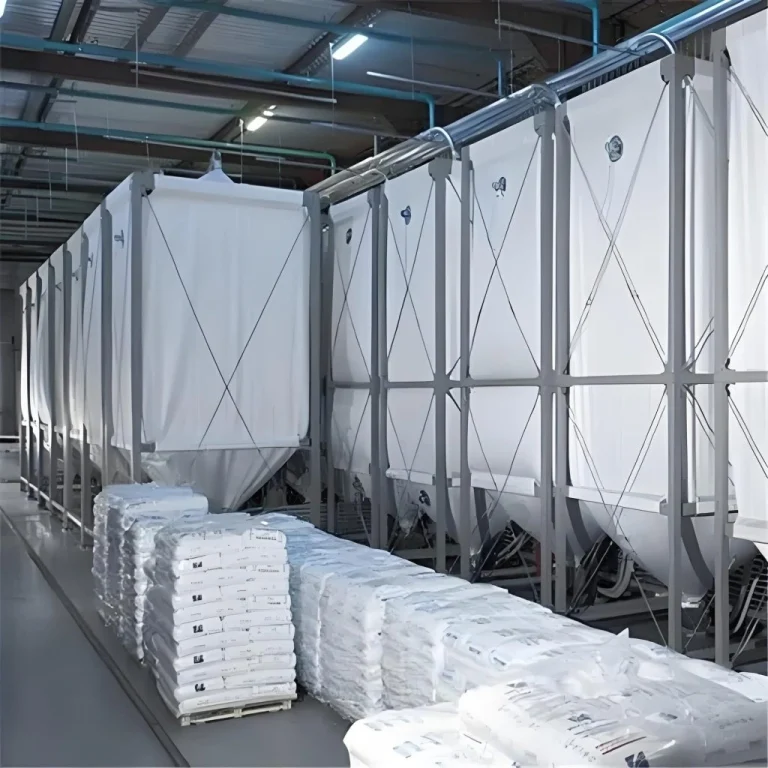Apa yang hilang buih
Lost Foam Casting, sometimes called evaporative pattern casting, is a smart way to make detailed metal parts. It uses a foam pattern, usually made from Expanded Polystyrene (EPS). This pattern acts as a one-time mold. The foam is coated with a special material. Then, it’s placed in a flask with sand around it. Hot metal is poured in. The heat burns away the foam, leaving a space. The metal fills this space, copying the foam’s shape exactly.
This method is popular in industries like cars and airplanes. It’s great for making complex shapes and thin parts without needing traditional molds.
Role of EPS in Lost Foam Casting
Expanded Polystyrene (EPS), also known as Styrofoam, is the go-to material for foam patterns in lost foam casting. It’s light, stiff, and made from polystyrene beads with a blowing agent, usually pentane gas. When heated, these beads grow big, forming a low-density foam. This foam can be shaped precisely.
EPS is awesome because it’s light, easy to shape, keeps heat well, burns away completely when hot metal hits it, and is cheap. The foam’s quality, like its density and evenness, is super important for making great castings.
What is an EPS Pre-Expander?
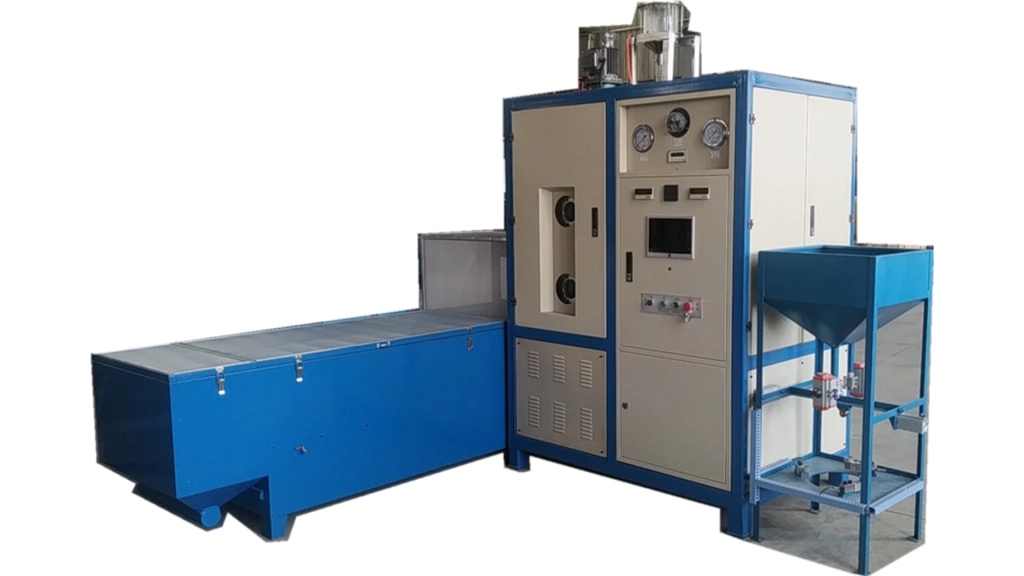
Mesin EPS Pra-Ekspander are special tools. They turn small, dense polystyrene beads into bigger, air-filled foam beads. This happens through a careful process using heat, usually steam, and pressure. The heat makes the blowing agent inside the beads, like pentane gas, expand them a lot.
These expanded beads are then shaped into patterns for lost foam casting. There are two main types of EPS pre-expanders: batch and continuous. Batch pre-expanders are great for lost foam casting. They give better control over bead density.
How Does an EPS Pre-Expander Work?
An EPS pre-expander starts by feeding polystyrene beads into the machine. The beads get warmed up first. Then, they’re hit with steam in a pressurized chamber. This makes the blowing agent inside each bead turn to gas, causing the beads to grow big.
After growing, the beads are dried in fluidized bed dryers to stabilize them. Then, they’re sent out for storage or used right away in molding machines through air-powered systems. Modern machines use Programmable Logic Controllers (PLC). These control things like steam pressure and heat to keep output steady. They also save up to 50% energy compared to older machines.
Technical Specifications of EPS Pre-Expanders for Lost Foam Casting
Hangzhou Ouchen’s fully automatic pre-foaming machine makes foam with density from 12–35 kg/m³. It has a production rate of 30–45 kg/h. It uses electronic weighing for exact foaming. This stops beads from clumping during processing.
The system has safety features like leakage protection. It also has automatic emergency actions. For example, it opens discharge doors during power outages. This prevents clogging or bead sticking inside the barrel.
Advantages of Using EPS Pre-Expanders in Lost Foam Casting
EPS pre-expanders bring lots of benefits to lost foam casting. They make the process better and improve quality:
Steady Foam Quality: Even bead growth means fewer mistakes, like holes or wrong sizes in castings.
Fast Work: Automated systems handle big jobs with less worker effort.
Custom Options: You can change the foam density to fit specific needs.
Low Cost: Cheap raw materials and energy-saving features cut expenses.
Energy Saving: Closed constant pressure foaming uses less steam.
Comparison of Batch and Continuous Pre-Expanders
Batch Pre-Expanders
These are perfect for jobs needing high accuracy, like lost foam casting. They control foam density well. They’re great for small to medium production. The closed constant pressure system saves energy. It ensures even bead quality. But, they may produce less than continuous systems.
Continuous Pre-Expanders
These are built for big production. They keep feeding and releasing beads. They’re faster for large-scale work. But, they may not control density as well. This can be a problem for lost foam casting, where evenness is key.
Applications in Industry
EPS pre-expanders for lost foam casting are used in many fields. They’re great because the casting process is precise and flexible. Key uses include:
Automotive: Making complex engine parts.
Aerospace: Creating light parts with exact sizes.
Industrial Equipment: Building pump housings or valve bodies.
Art & Sculpture: Crafting detailed art with smooth surfaces.
Environmental Considerations
EPS pre-expanders help make manufacturing greener. They cut waste and use less energy. EPS is recyclable. Some pre-expanders have recycling systems for scrap foam. This supports a circular economy. As rules on the environment get stricter, these features make EPS pre-expander machines important for eco-friendly foundry work.
Buy EPS Pre Expander for Lost Foam Casting from Hangzhou Ouchen Technology Co., Ltd.
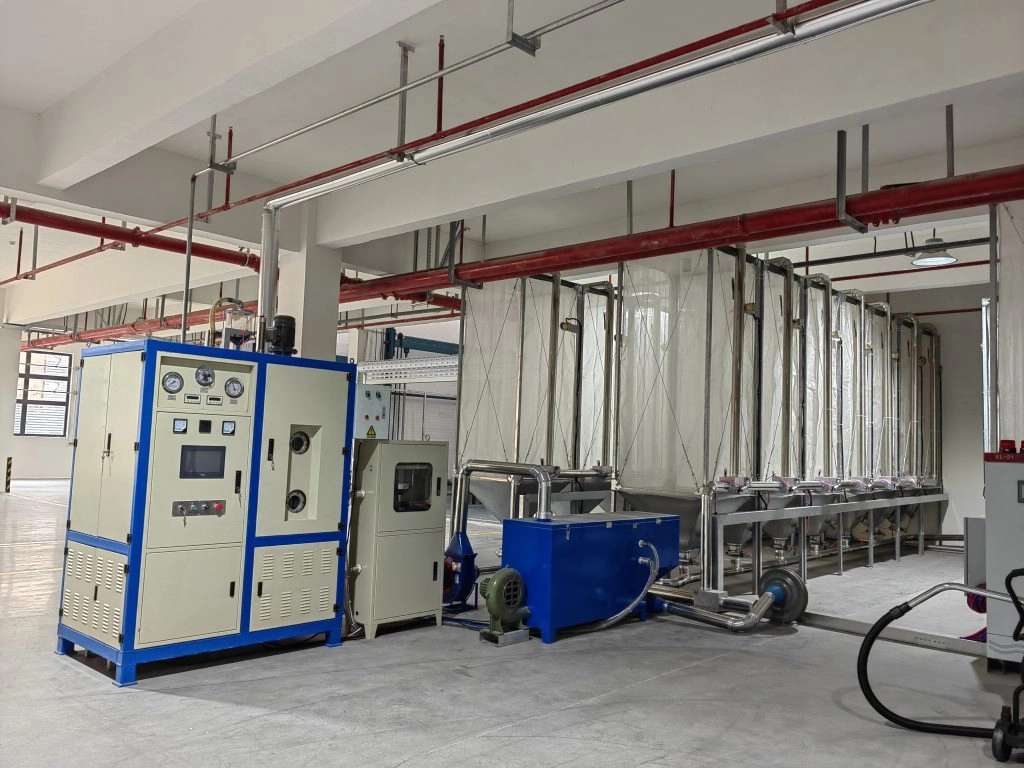
Hangzhou Ouchen Technology Co., Ltd. offers advanced fully automatic intermittent EPS pre-expander machines. These are made for lost foam casting. They have computer-controlled systems that store settings for each shift. They also have one-button start automation. This makes them easy but powerful tools for any foundry.
Their negative pressure dust-free feeding system keeps things clean. Aging silos use level sensors and programmable controls. These are shown on touch screen HMIs. The process flows smoothly from expansion to delivery into molding silos. It works well with modern hydraulic molding systems, also offered by Hangzhou Ouchen Technology Co., Ltd.
For businesses wanting reliable performance, energy savings, and digital tracking, this supplier is a great partner.
FAQ
Q1: What density should I aim for when producing EPS beads for lost foam casting?
For lost foam casting, aim for a density of about 20 g/l. This is controlled during expansion.
Q2: Why choose batch over continuous type EPS pre-expander?
Batch pre-expanders give precise density control. This is key for making consistent, high-quality castings in lost foam processes.
Q3: Can I automate my entire workflow from bead expansion through molding?
Yes. Hangzhou Ouchen offers integrated solutions. These include automatic feeding systems. They move expanded beads to aging silos and hydraulic forming machines. All are PLC-controlled for smooth automation.
Q4: How does Hangzhou Ouchen’s equipment address safety?
Their machines have leakage protection. They also have emergency cooling systems. These kick in during power outages. They prevent blockages or damage from overheating or bead sticking.

